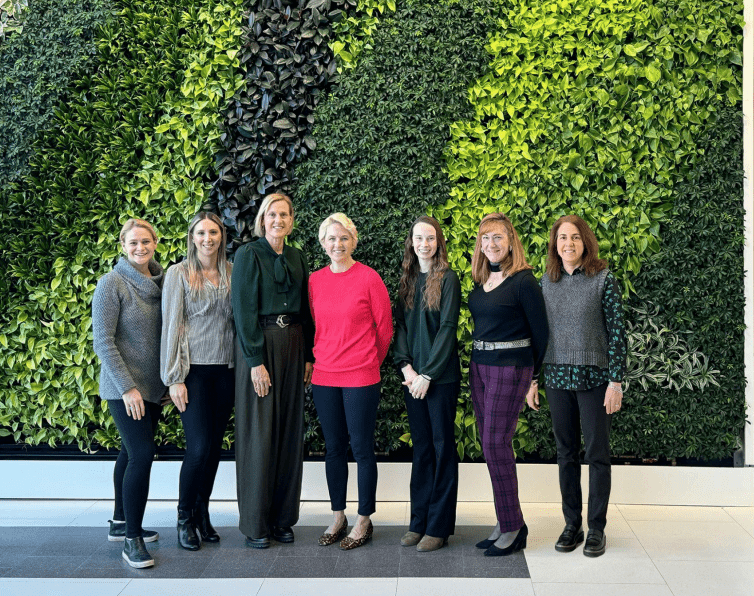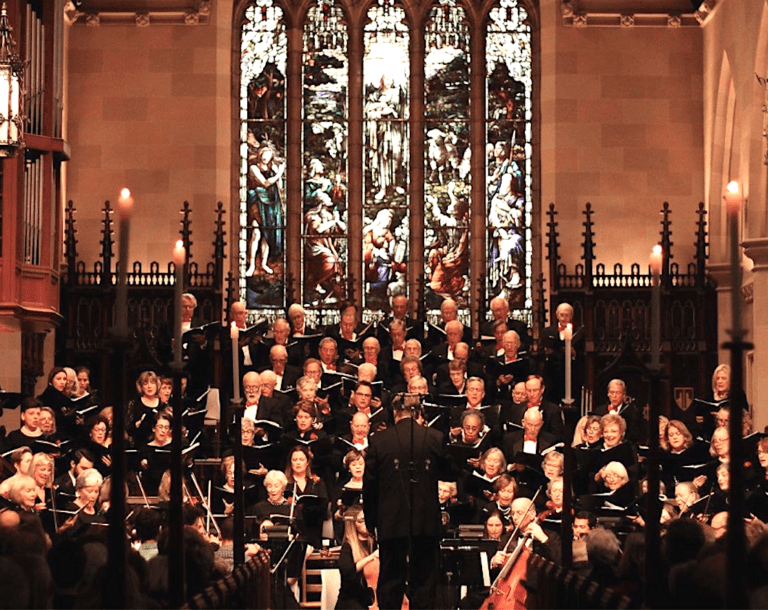We applaud the BET’s recent letter regarding building a sustainable Central Middle School.
Unfortunately, the letter’s central premise – that a school must be small to be sustainable – is not correct. It misses the essential nature of sustainable buildings – namely, that highly efficient, net-zero energy (NZE) buildings require dramatically less energy per square foot to operate. Square footage doesn’t change the equation. Less energy needed per sf combined with energy generated on site from solar PV can achieve net-zero energy consumption on an annual basis, for all buildings.
How can this be? In simple terms, modern building design uses an integrated approach that combines a tight, highly insulated ‘envelope’ (the exterior – think Yeti cooler), high-performance windows, all LED lights, and an all-electric HVAC that provides continuous fresh, pre-conditioned air. The result? A building that requires a fraction of the energy of a conventional building. What’s more, the NZE design delivers superior indoor environmental quality, which correlates with higher levels of student achievement and better health, wellness and satisfaction for all occupants.
This is a far cry from the conventional approach that often ignores passive heating and cooling, and mixes and matches systems that are designed, specified, and installed independently. This leads to oversized and unnecessarily expensive HVAC and other systems and an inefficient use of space. Building a conventional school might be ‘easy’ – the hard part will be paying to operate it for the next 60+ years.
But doesn’t NZE cost more? The current Central Middle School spent $186,387 on gas and electricity in the 12 months ending in January. Imagine these annual costs growing and stretching out over decades, how much would they cost in today’s dollars versus a modest upfront investment? A NZE building could spend $0 on energy on a net basis, but like any good investment, could cost a little more upfront. How much more? Greenwich could budget conservatively and assume additional investment of no more than the “contingency” typically added to budgets for overruns and unknowns. Actual costs are often less, especially with new incentives.
What now? Both Manchester, CT and Mansfield, CT recently completed NZE public school buildings. Greenwich must decide if it is building for the short run and minimizing only construction costs – or for the long run, minimizing the total cost of building and operating the school, while achieving better outcomes in health, wellness, and satisfaction for generations to come.
Build Smart. Build Net Zero.
Peter Schweinfurth, Chair
Laura di Bonaventura, Member and Former Chair
BOS Energy Management Advisory Committee




